Jingting Li
FED-PsyAU: Privacy-Preserving Micro-Expression Recognition via Psychological AU Coordination and Dynamic Facial Motion Modeling
Jul 28, 2025Abstract:Micro-expressions (MEs) are brief, low-intensity, often localized facial expressions. They could reveal genuine emotions individuals may attempt to conceal, valuable in contexts like criminal interrogation and psychological counseling. However, ME recognition (MER) faces challenges, such as small sample sizes and subtle features, which hinder efficient modeling. Additionally, real-world applications encounter ME data privacy issues, leaving the task of enhancing recognition across settings under privacy constraints largely unexplored. To address these issues, we propose a FED-PsyAU research framework. We begin with a psychological study on the coordination of upper and lower facial action units (AUs) to provide structured prior knowledge of facial muscle dynamics. We then develop a DPK-GAT network that combines these psychological priors with statistical AU patterns, enabling hierarchical learning of facial motion features from regional to global levels, effectively enhancing MER performance. Additionally, our federated learning framework advances MER capabilities across multiple clients without data sharing, preserving privacy and alleviating the limited-sample issue for each client. Extensive experiments on commonly-used ME databases demonstrate the effectiveness of our approach.
MEGC2025: Micro-Expression Grand Challenge on Spot Then Recognize and Visual Question Answering
Jun 18, 2025

Abstract:Facial micro-expressions (MEs) are involuntary movements of the face that occur spontaneously when a person experiences an emotion but attempts to suppress or repress the facial expression, typically found in a high-stakes environment. In recent years, substantial advancements have been made in the areas of ME recognition, spotting, and generation. However, conventional approaches that treat spotting and recognition as separate tasks are suboptimal, particularly for analyzing long-duration videos in realistic settings. Concurrently, the emergence of multimodal large language models (MLLMs) and large vision-language models (LVLMs) offers promising new avenues for enhancing ME analysis through their powerful multimodal reasoning capabilities. The ME grand challenge (MEGC) 2025 introduces two tasks that reflect these evolving research directions: (1) ME spot-then-recognize (ME-STR), which integrates ME spotting and subsequent recognition in a unified sequential pipeline; and (2) ME visual question answering (ME-VQA), which explores ME understanding through visual question answering, leveraging MLLMs or LVLMs to address diverse question types related to MEs. All participating algorithms are required to run on this test set and submit their results on a leaderboard. More details are available at https://megc2025.github.io.
Spotting Macro- and Micro-expression Intervals in Long Video Sequences
Feb 05, 2020
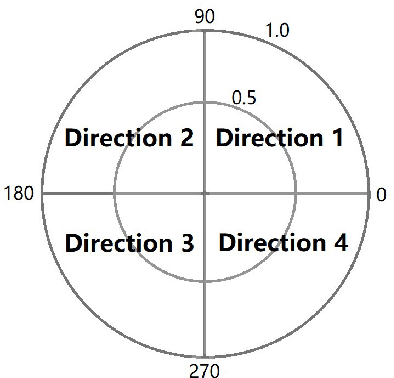
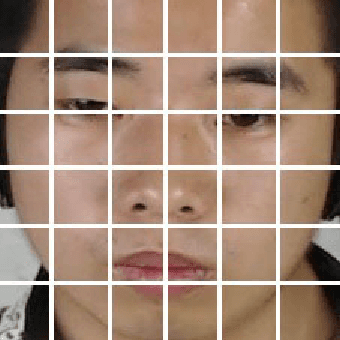
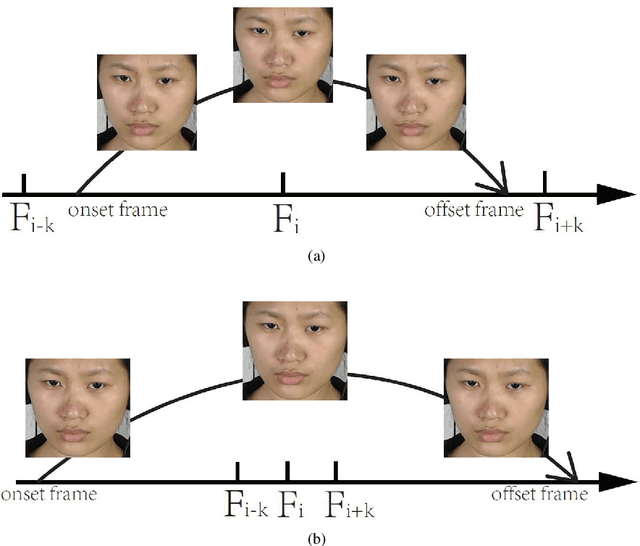
Abstract:This paper presents baseline results for the Third Facial Micro-Expression Grand Challenge (MEGC 2020). Both macro- and micro-expression intervals in CAS(ME)$^2$ and SAMM Long Videos are spotted by employing the method of Main Directional Maximal Difference Analysis (MDMD). The MDMD method uses the magnitude maximal difference in the main direction of optical flow features to spot facial movements. The single frame prediction results of the original MDMD method are post processed into reasonable video intervals. The metric F1-scores of baseline results are evaluated: for CAS(ME)$^2$, the F1-scores are 0.1196 and 0.0082 for macro- and micro-expressions respectively, and the overall F1-score is 0.0376; for SAMM Long Videos, the F1-scores are 0.0629 and 0.0364 for macro- and micro-expressions respectively, and the overall F1-score is 0.0445. The baseline project codes is publicly available at https://github.com/HeyingGithub/Baseline-project-for-MEGC2020_spotting.
Spotting Micro-Expressions on Long Videos Sequences
Dec 26, 2018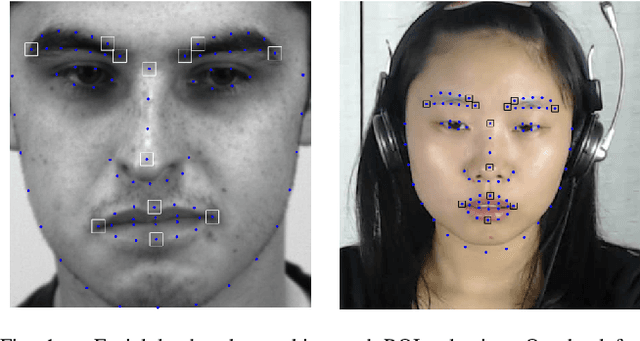
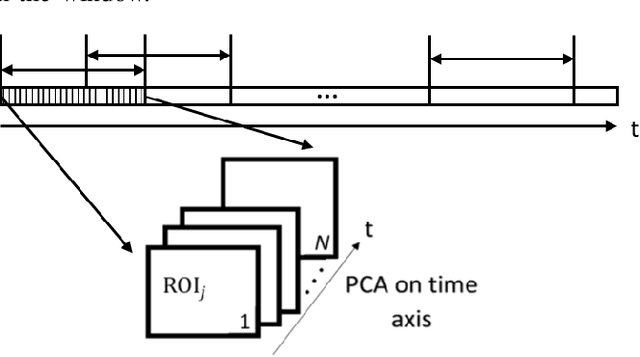


Abstract:This paper presents baseline results for the first Micro-Expression Spotting Challenge 2019 by evaluating local temporal pattern (LTP) on SAMM and CAS(ME)2. The proposed LTP patterns are extracted by applying PCA in a temporal window on several facial local regions. The micro-expression sequences are then spotted by a local classification of LTP and a global fusion. The performance is evaluated by Leave-One-Subject-Out cross validation. Furthermore, we define the criteria of determining true positives in one video by overlap rate and set the metric F1-score for spotting performance of the whole database. The F1-score of baseline results for SAMM and CAS(ME)2 are 0.0316 and 0.0179, respectively.
 Add to Chrome
Add to Chrome Add to Firefox
Add to Firefox Add to Edge
Add to Edge